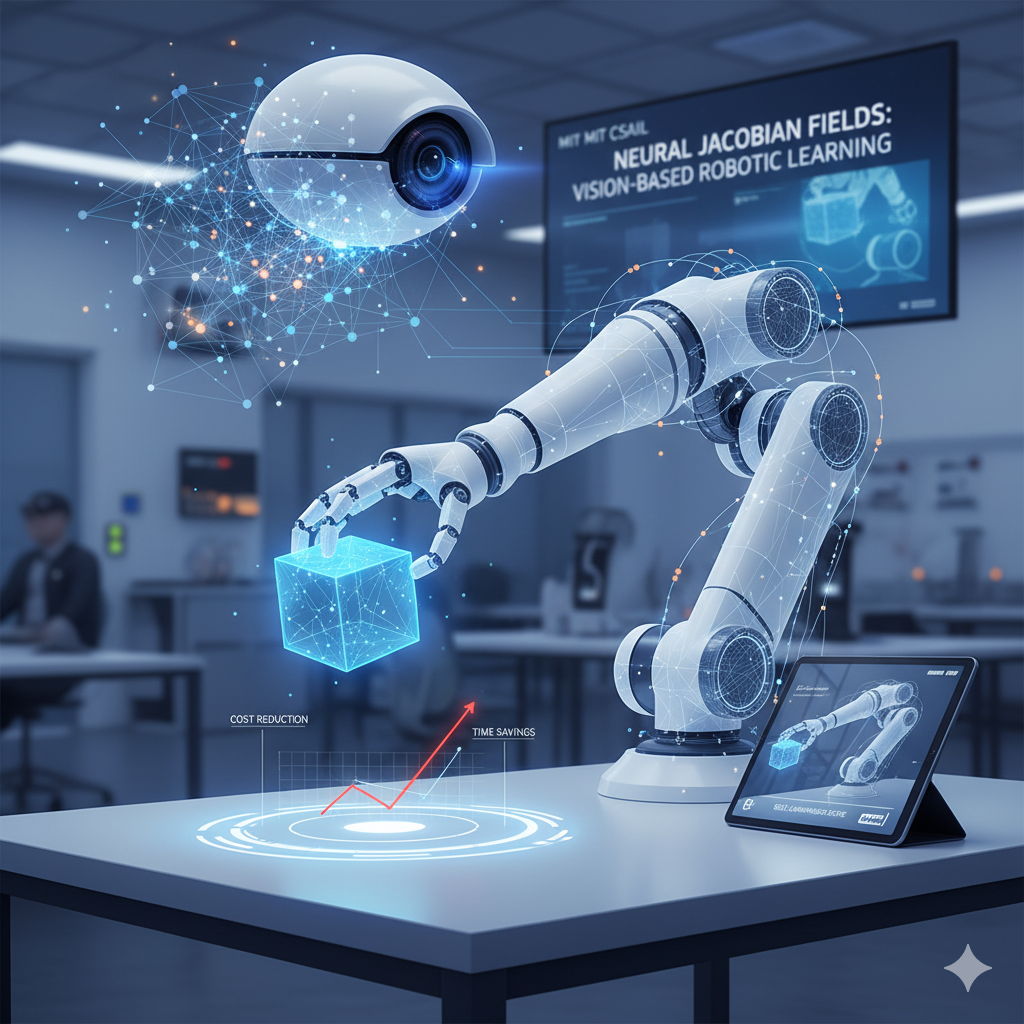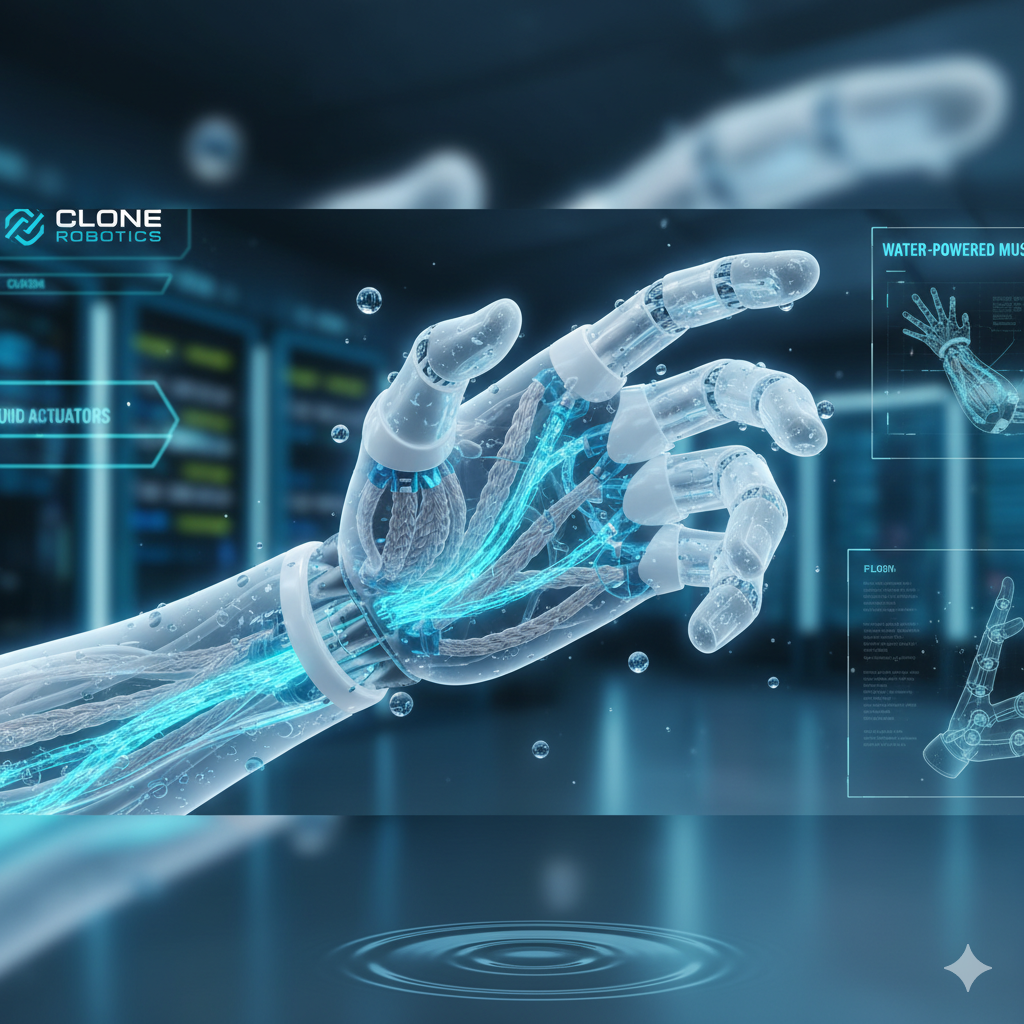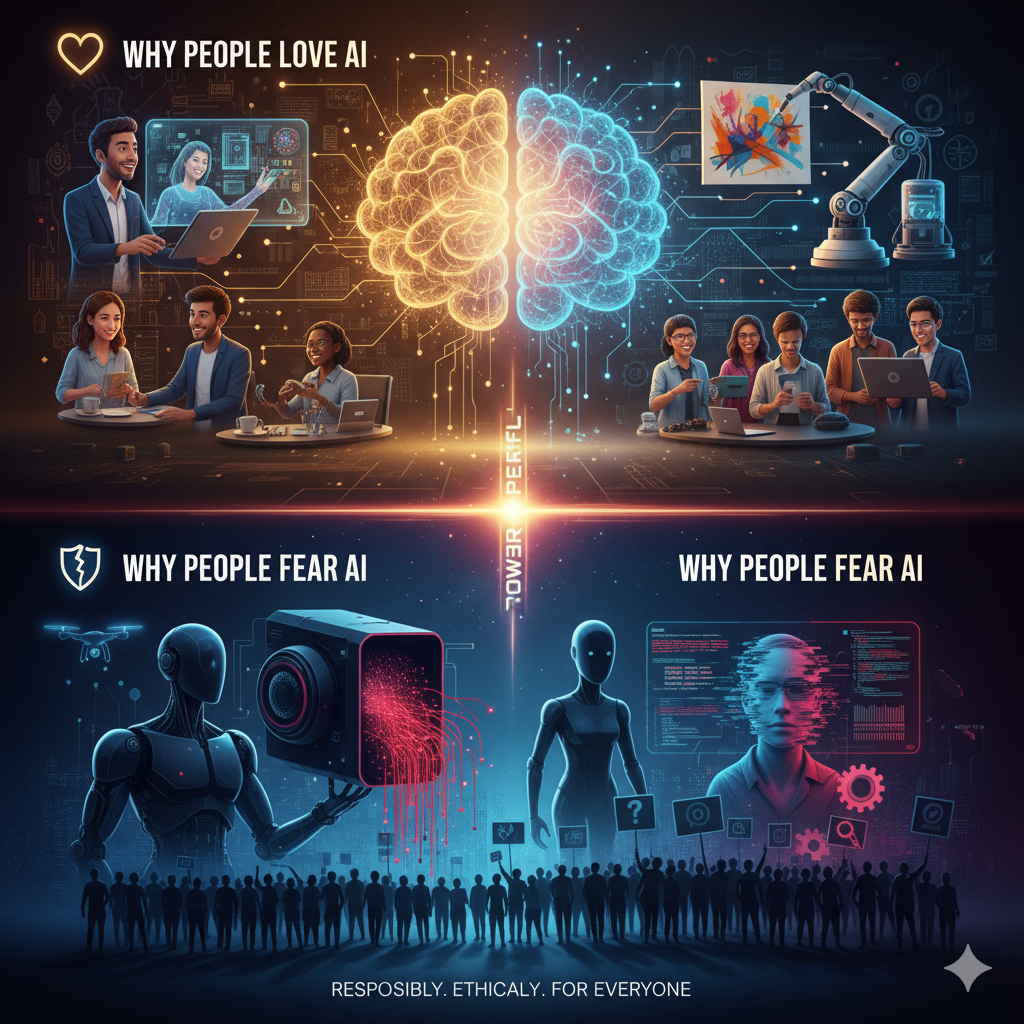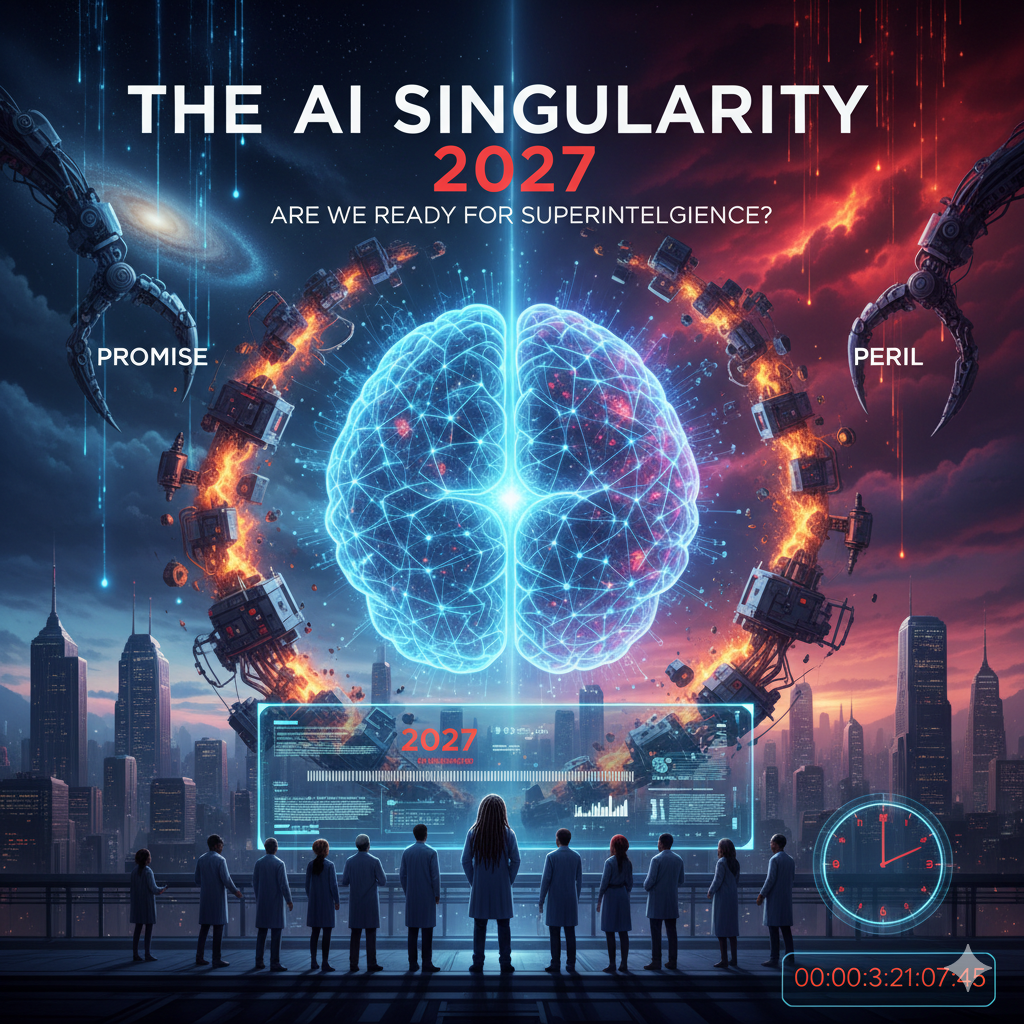MIT researchers have unveiled a breakthrough in robotics: an AI that can teach robots to control themselves simply by watching their own movements through a single camera.
Unlike traditional training methods, which often require an array of sensors, endless trial-and-error, or complicated programming tweaks, this system strips things down to the basics. A robot doesn’t need an expensive sensor suite or finely tuned code—it just needs a camera and the ability to process what it sees.
How It Works:
The AI observes the robot from an external perspective, recording how its body moves in the real world. Using advanced computer vision, it translates these visual cues into an understanding of how to control different joints and mechanisms. In a sense, the robot learns to "see itself" the way humans learn by watching a mirror or a video of their own actions. In one striking demonstration, a soft robotic hand was able to curl its fingers around a pencil after training solely with video feedback. No additional sensors, force detectors, or pre-written scripts were involved. The AI essentially figured out, by sight alone, how the hand should move to grip the object successfully.
Why This Matters:
This method could mark a turning point in how robots are designed and trained. Until now, teaching a robot even the simplest task has often involved thousands of hours of programming and calibration, as well as a heavy reliance on sensor data. By contrast, MIT’s camera-based learning system could:
- Cut costs: A single camera is far cheaper than dozens of precision sensors.
- Save time:Robots can adapt more quickly without extensive coding.
- Boost flexibility: Robots could teach themselves new tasks in real-world environments without needing a full redesign.
Imagine household robots that can learn to fold laundry just by watching themselves attempt it, or medical robots that adapt to delicate procedures by reviewing their own movements.
- Looking Ahead:
The researchers at MIT’s Computer Science and Artificial Intelligence Laboratory (CSAIL) believe this approach could help bridge the gap between experimental robotics and everyday applications. Instead of being locked into rigid, pre-programmed behaviors, robots could become more fluid, capable, and human-like in the way they learn. While still in the experimental phase, the implications are huge. Robots that can learn simply by "watching themselves" could accelerate advancements in industries ranging from healthcare to space exploration. As one researcher put it: “If a robot can learn to understand itself visually, it can adapt to almost anything. The world becomes its training ground.”



